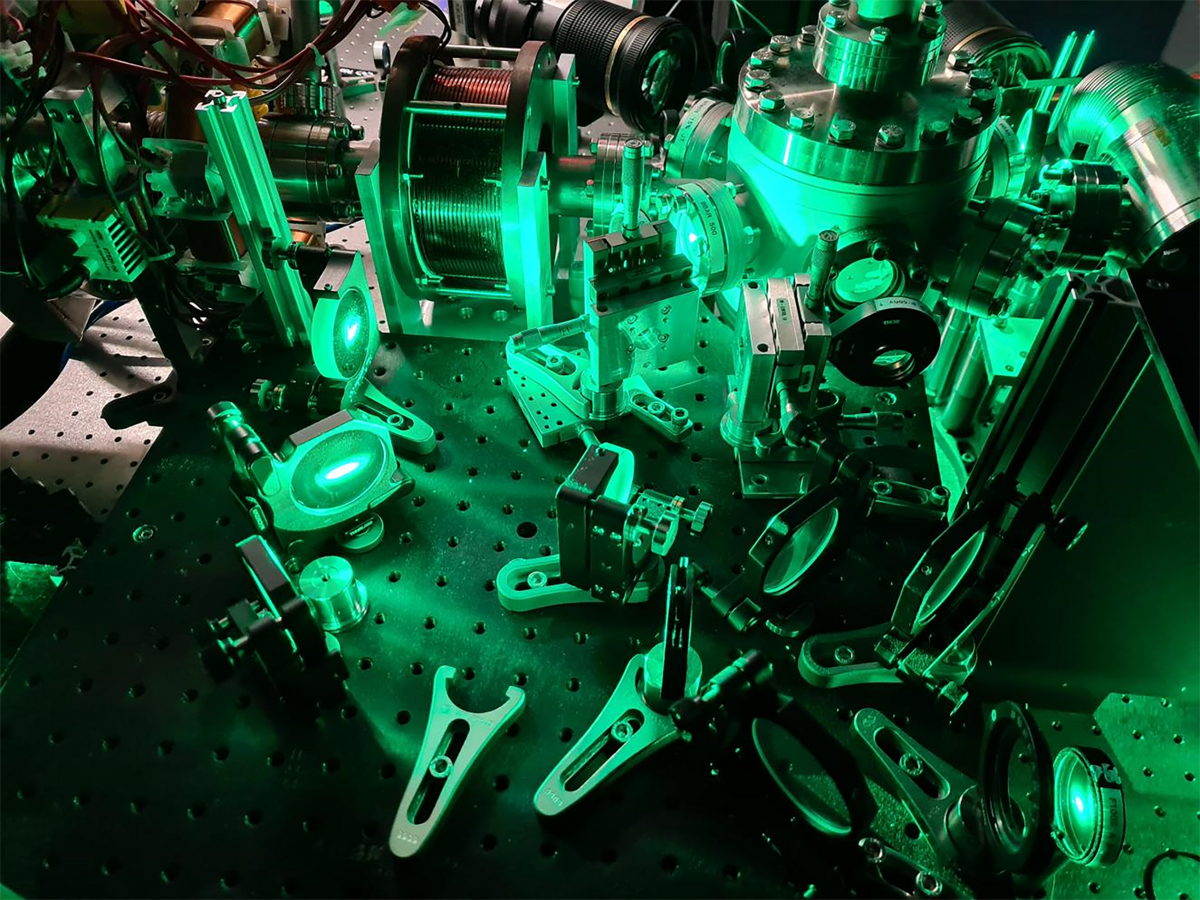
Trillionths of a second
Physicists at the University of Konstanz generate one of the shortest signals ever produced by humans: Using paired laser pulses, they succeeded in compressing a series of electron pulses to a numerically analyzed duration of only 0.000000000000000005 seconds.
Read more
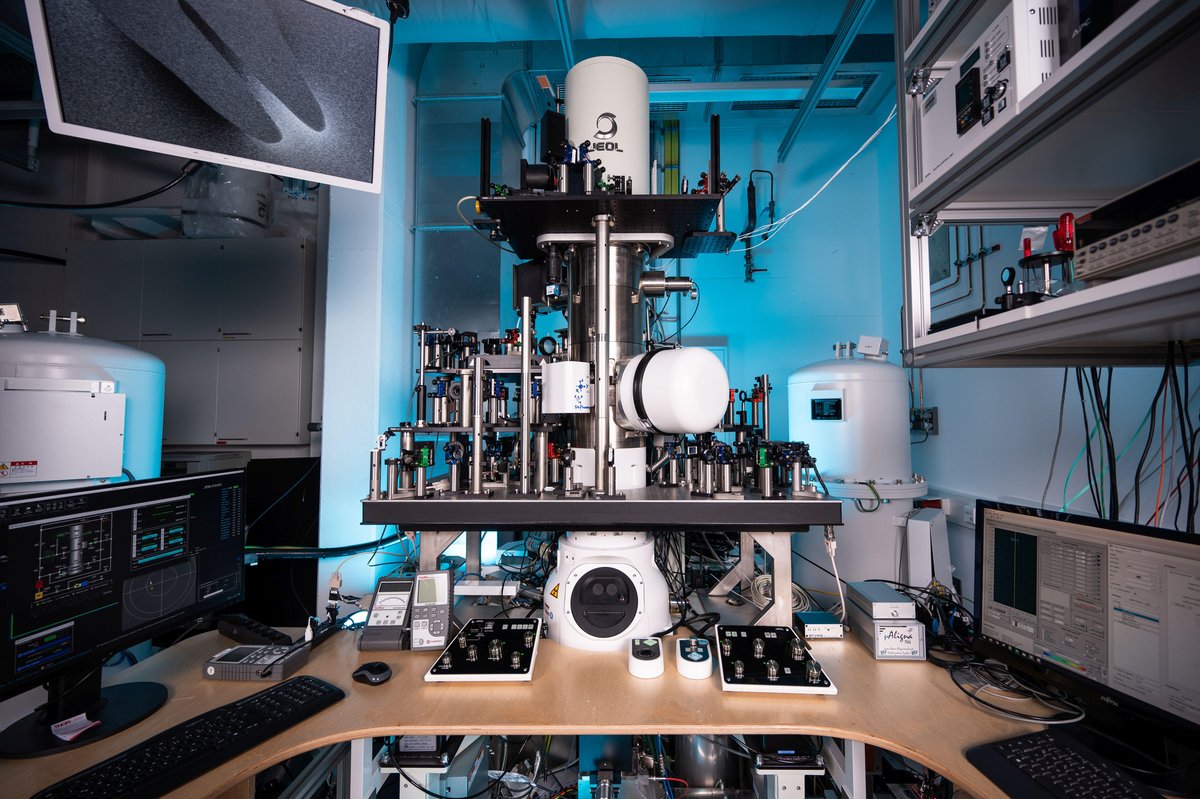
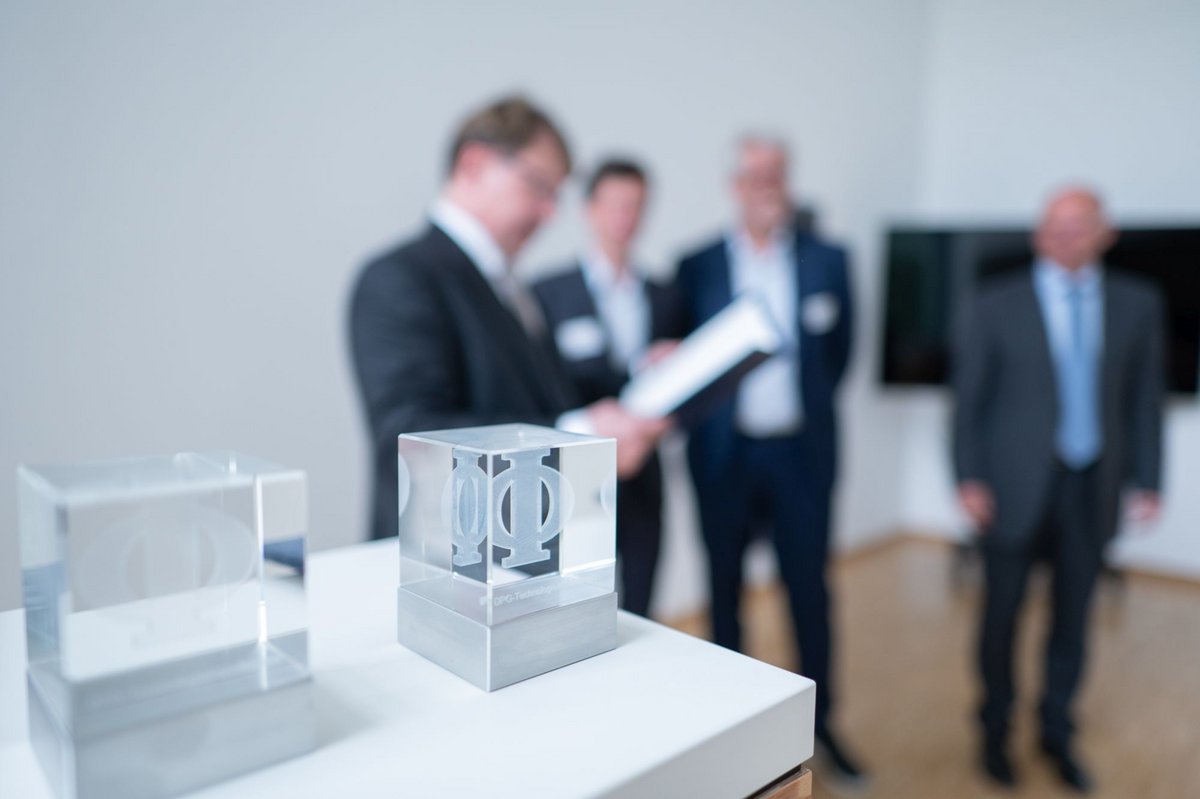
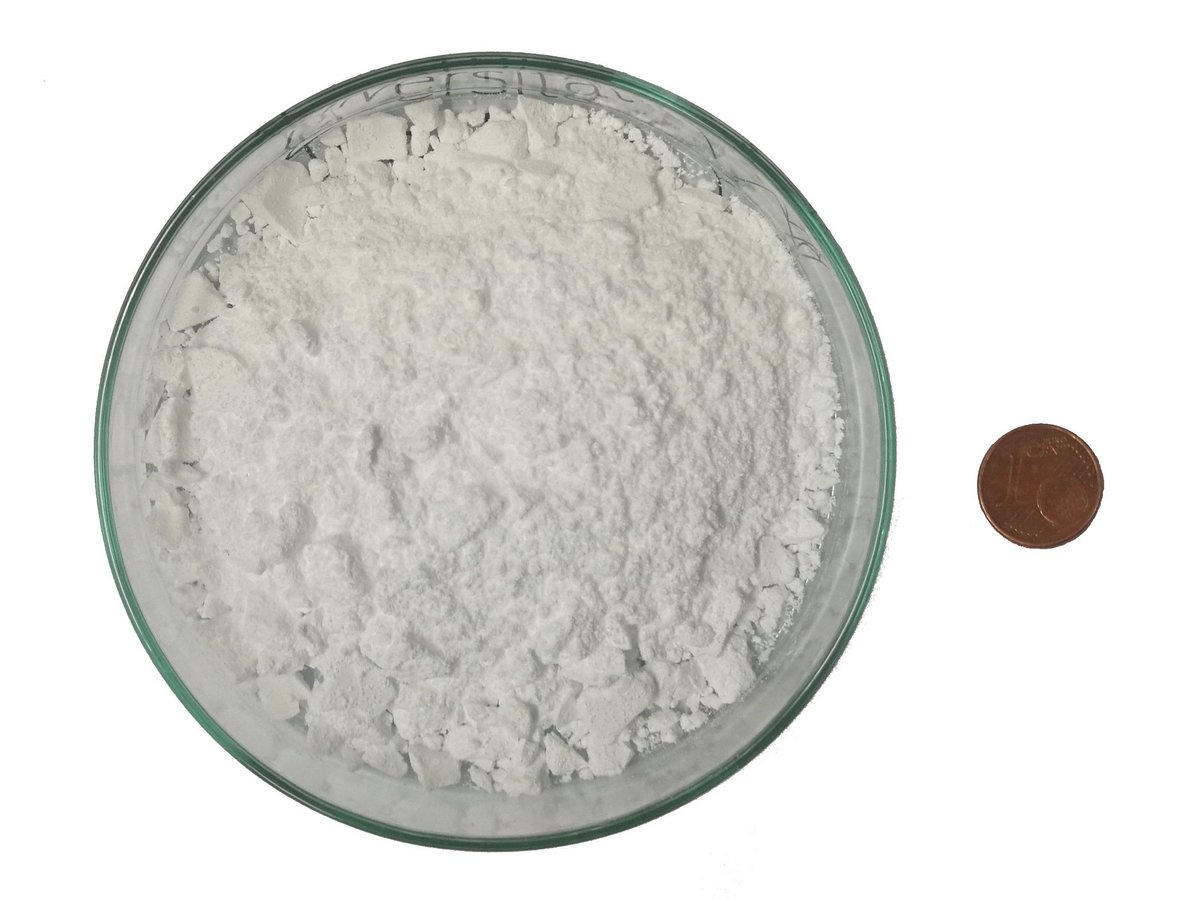
![Sea lions on rocks [Translate to Englisch:] Seelöwen auf Felsen](/fileadmin/_processed_/9/e/csm_sea-lions-3970912_1280_0f0a890dda.jpg)
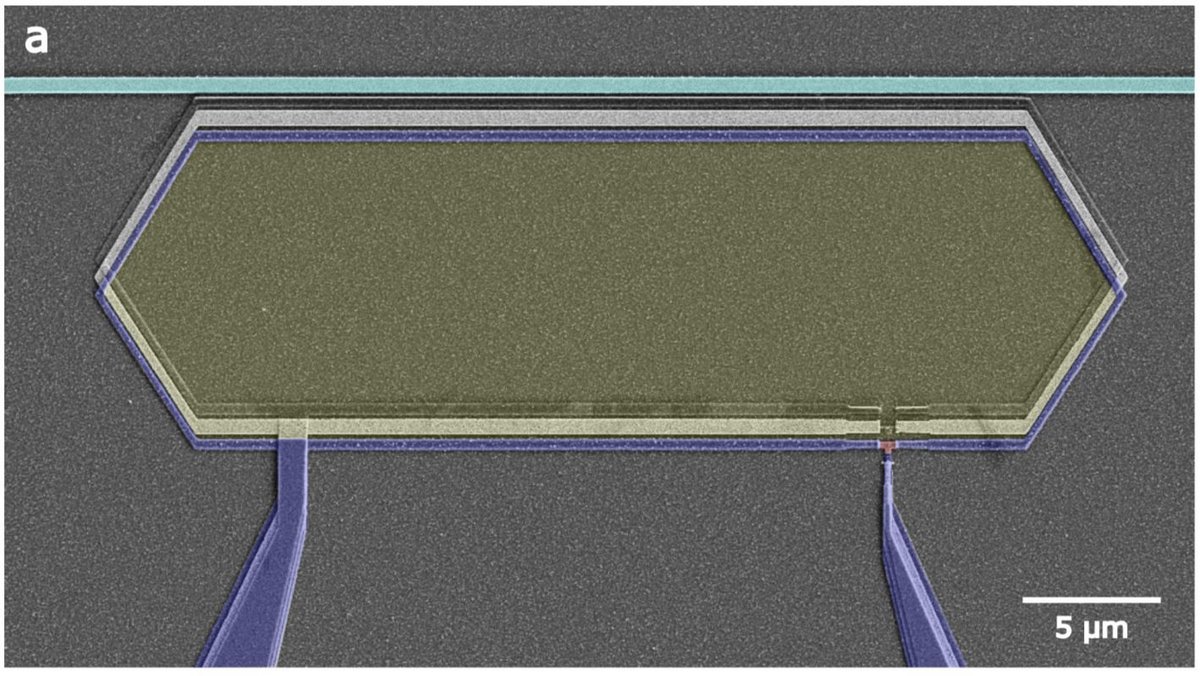

![[Translate to Englisch:] [Translate to Englisch:]](/fileadmin/_processed_/2/3/csm_Nicholas_Kurti_Science_835463aa17.jpg)
![[Translate to Englisch:] [Translate to Englisch:]](/fileadmin/_processed_/b/4/csm_hal-gatewood-Vfml26Iy4mI-unsplash_07bf6f20cc.jpg)